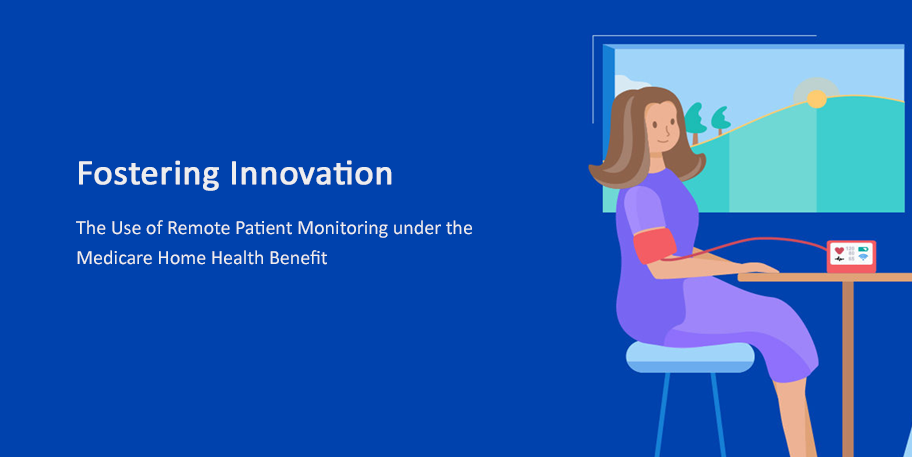Most seniors are resistant to the idea of giving up their autonomy in favor of invasive care and a lot of work is being done to build the infrastructure needed for more of them to maintain their independence as long as possible.
Start the conversation early
If you are a senior, a family member of a senior, or a care provider, it’s up to you to start making these plans as early as possible. By discussing your options and putting a plan in place before health or mental state deteriorate, you can make the most of this vital time in life.
· It may be uncomfortable to think about at first, but having some control over what happens next is the best way to live a full life that best suits you.
· By allocating resources and setting up tools like long-term care insurance before they’re needed, the transition into more managed care will be easier.
· Sites like AgeinPlace.com have great resources to help start the conversation
Assess the possibilities
We’d all like to live our lives in luxury, but there are nearly always physical and monetary constraints that have to be considered. Taking a realistic approach early on, can help make use of tools that take time to set up, like government programs, investment tools and insurance.
· Start with the resources of the senior. This provides a jumping off place to look for services that can help to fill any gaps.
· Apply as early as possible for government and non-profit programs. All have limited funds and grants and funding take time to get approval for. Many have waiting lists.
· Groups like the Administration on Aging have resources that can help.
Incorporate autonomy
The whole point to aging in place is to maintain as much of your normal life as is possible. By creating an eco-system that gives the senior as much decision making power for as long as possible, you can sustain normality for them.
· Environmental planning is a major factor here. Homes, vehicles and properties often require adaptation to plan ahead for possible mobility issues and specialized equipment needs.
· Making these choices early can make the most of available resources and include the senior in the planning as much as is practical, so that they take ownership in the changes.
· Tools such as medical alert systems, for wandering and elopement can aid in making aging in place possible, by providing safety and peace of mind.
Plan for escalating care
While many people are able to live long, healthy and productive lives without experience health setbacks, care often needs to escalate toward the end of life. Include this in your planning to allow decisions to be made beforehand that can ease the transition.
· Putting the needed adaptations into place early will help facilitate more invasive care in the residential setting, if it becomes necessary.
· Discussing the residents wants and needs early can help build a framework for more difficult decisions later.
Know when to transition
Unless the senior is independently wealthy and able to afford around the clock, hospital grade care, or has family able and willing to provide that, the time may come for transitioning into a managed care, or nursing facility.
· Prolonging the transition can carry significant risks for injury and allows assets, such as homes, to deteriorate, often losing value.
· Having adequate care can be just as valuable to a senior’s state of mind and quality of life as autonomy, if not more. Talking about it, before it becomes an issue allows them to have as much input as possible.
Resource links: https://www.care.com/a/strategies-to-age-in-place-1108170343
https://www.michigan.gov/documents/osa/ICMA_SResourceList_419343_7.pdf






